Radio licence
You aren’t legally required to have a Flight Radio Telephony Operator’s Licence (FRTOL) to obtain your NPPL. However, you do need a radio licence if you’re planning to use the radio in the aircraft, for example if you’re flying in controlled airspace.
Since the FRTOL exam isn’t part of the microlight syllabus, not all microlight schools offer this. If your chosen flight school doesn’t offer it, another training organisation at a nearby airfield will. Price of the FRTOL exam depends on the training organisation. It’s usually around £150.
Make sure you apply for your FRTOL at the same time as your NPPL. If not, the CAA will charge you £79 for the initial issue of the FRTOL.
General Skills Test
The cost of the general Skills Test is made up by the examiner’s fee and the aircraft hire. The examiner’s fee varies from CAA examiner to CAA examiner, but is usually somewhere in the range of £100. The aircraft hire depends on the hourly rental rate of your flying school and the time you need the aircraft for. Usually, the flying part of the Skills Test takes around one hour.
Licence application
The fee for the initial issue of an NPPL with a Microlight Class Rating is £191 (£170 if a member of the BMAA). Important: Applying for this licence must be done through the BMAA, not through the CAA.
Equipment
What supplies do you need during your NPPL training? That depends if you’re flying a flexwing or a fixed-wing. When flying a flexwing microlight, which has an open cockpit and no heater, make sure to also buy a warm flying suit, helmet with goggles, and a pair of gloves.
For the rest: a logbook, headset, timepiece, iPad, knee pad, sunglasses, flight bag, high vis jacket, protractor, nautical miles (nm) map ruler, flight computer (aka Whizz Wheel), an up-to-date chart, some apps and pilot log pads. That’s about the basics.
How much does this equipment cost? You can buy a decent headset for £150, but you can also splurge and spend £1,500 – or even more – on a superb one. Same goes for the rest of the gear.
To save money on equipment, buy only the supplies that are necessary for your flight training and/or buy second-hand. Some flight schools will let you borrow (part of) their equipment for the duration of your training.
Planning to own a microlight? When buying a second-hand microlight, often you get quite a lot of kit thrown in with the aircraft. This can save you having to buy an intercom, helmet or flying suit separately.


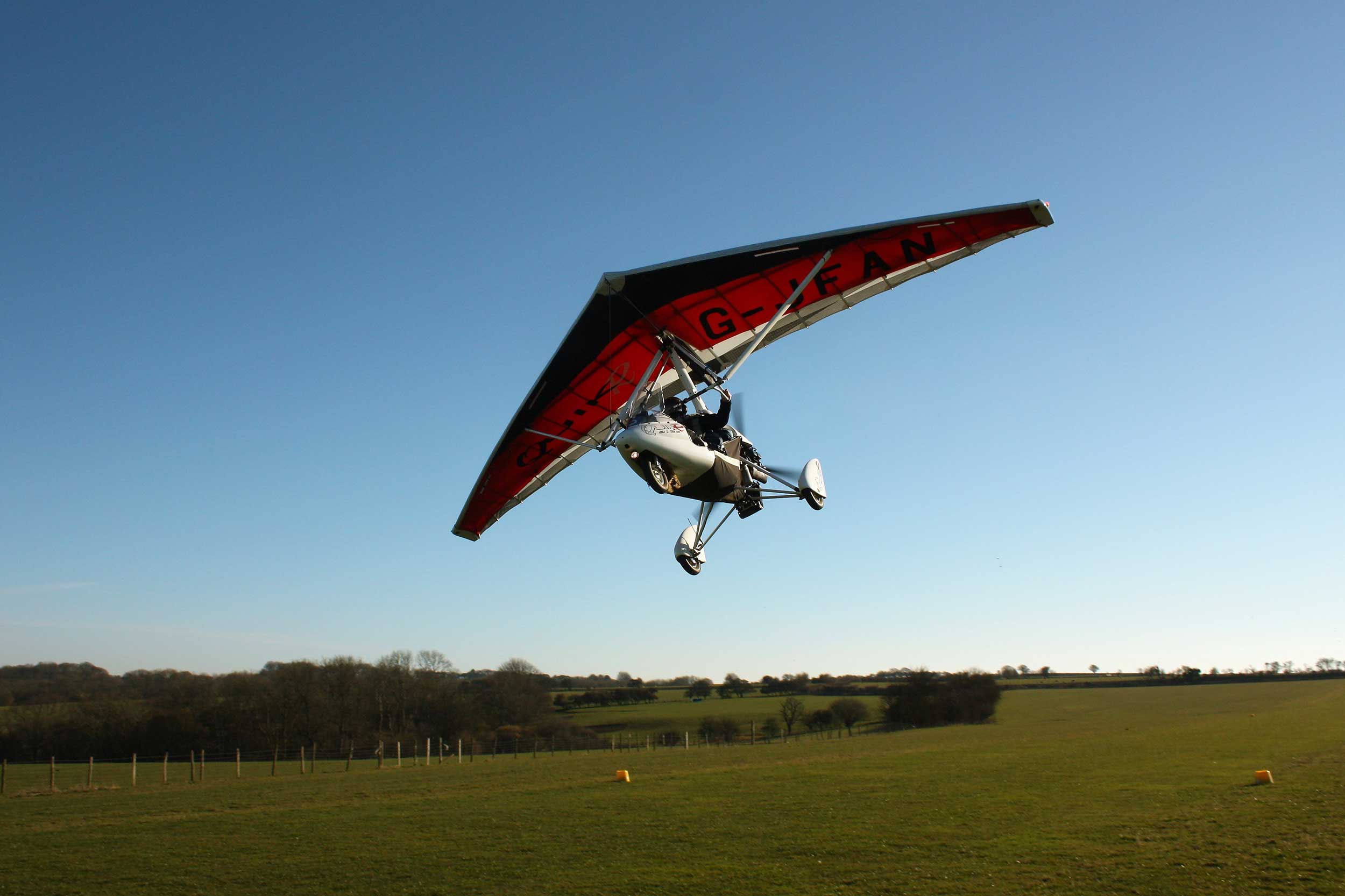
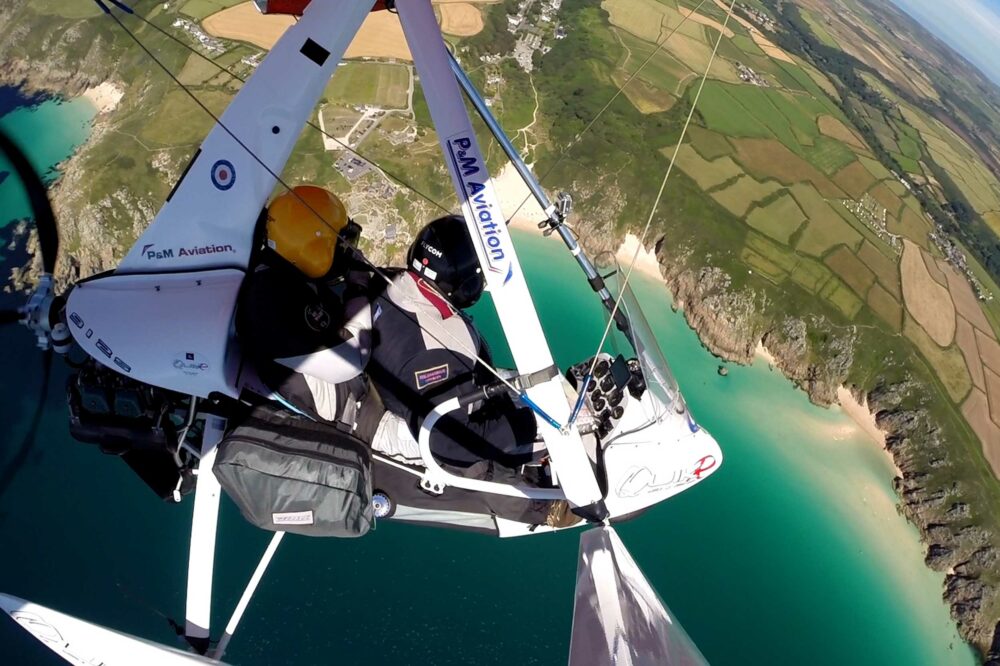
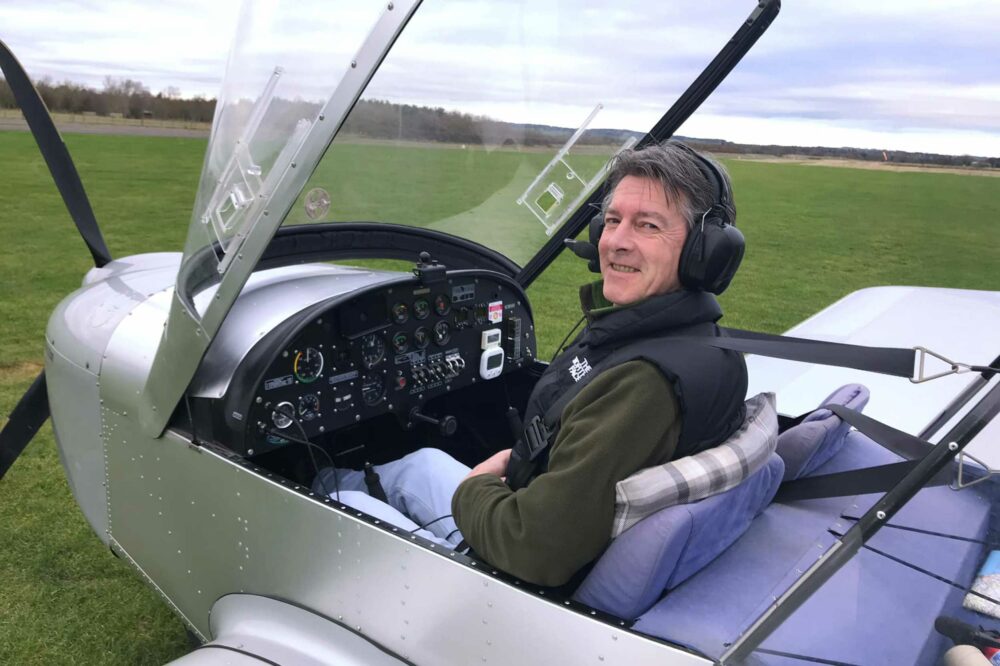
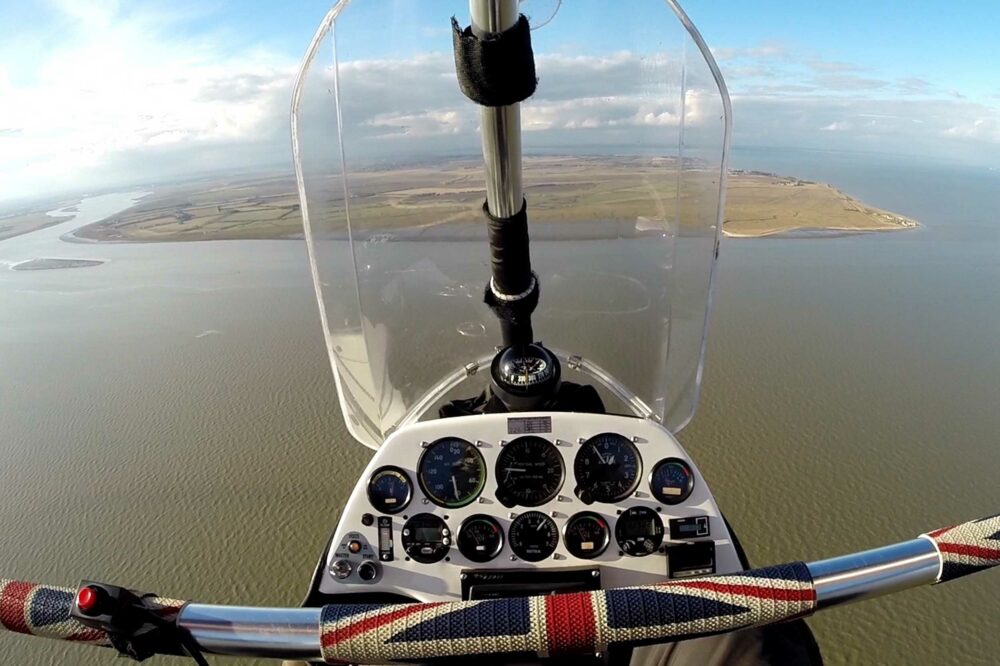

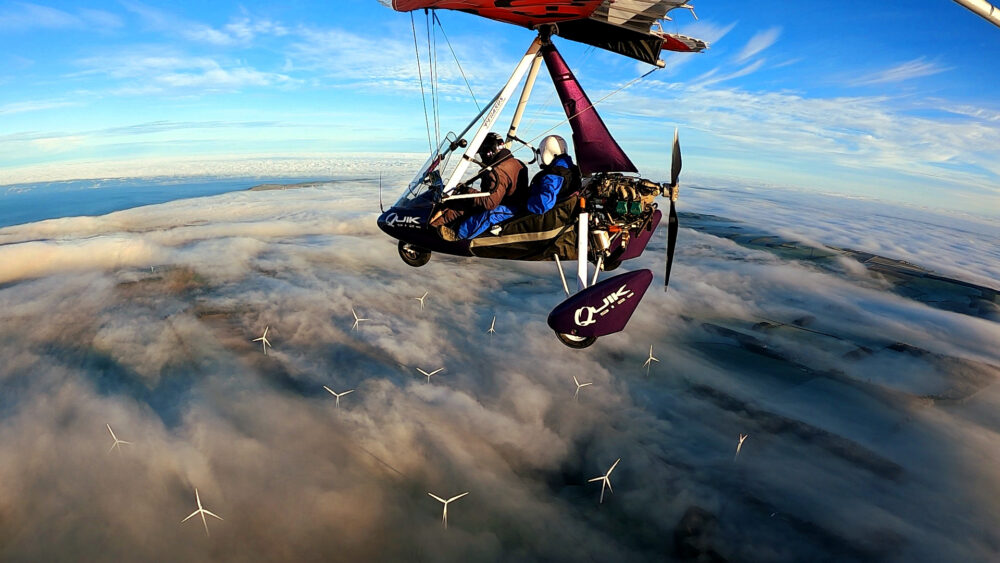
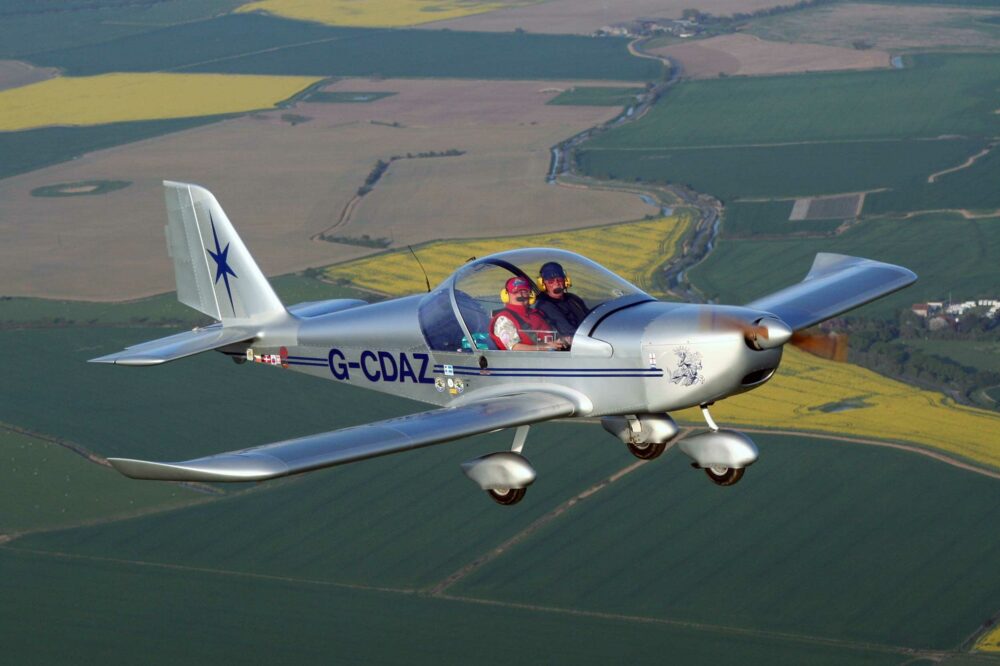


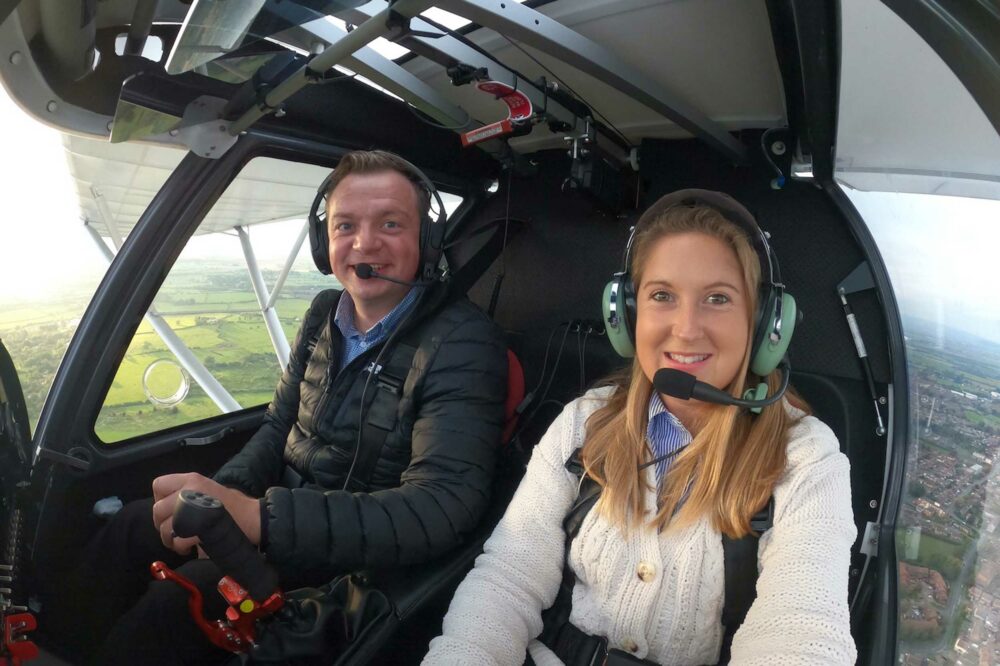
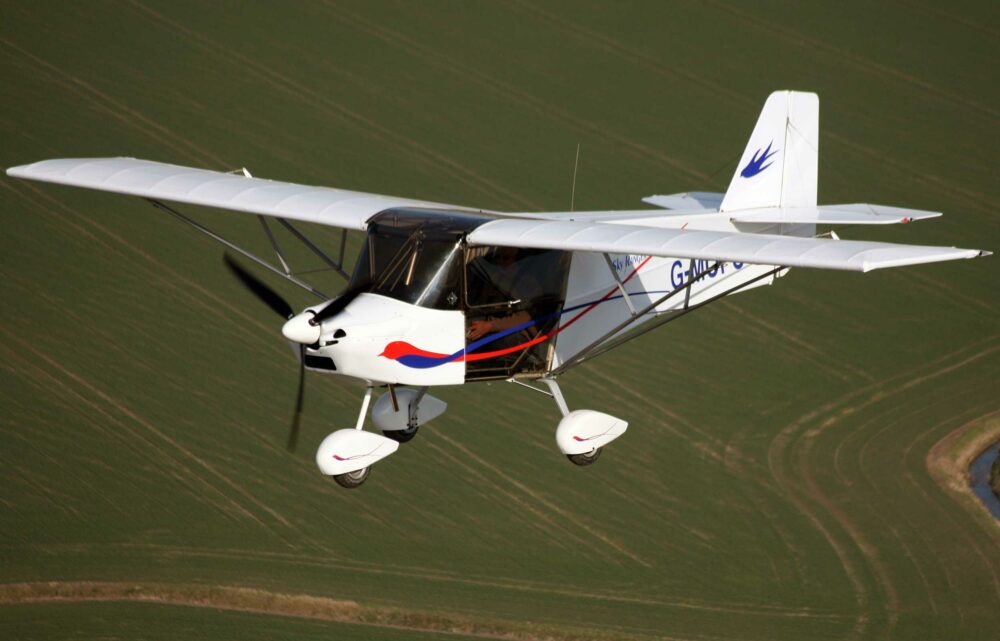
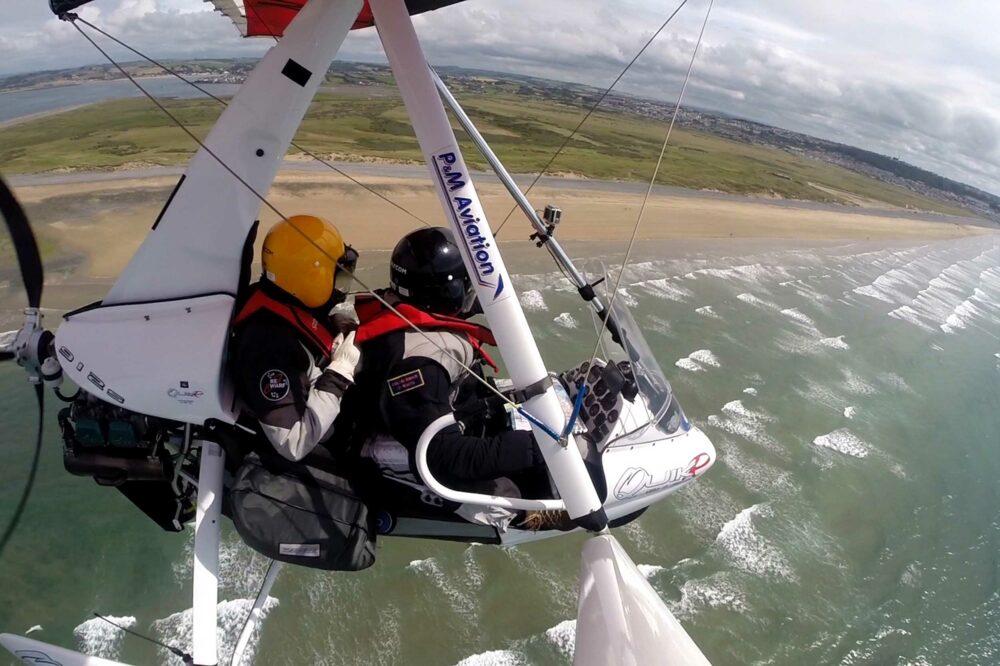
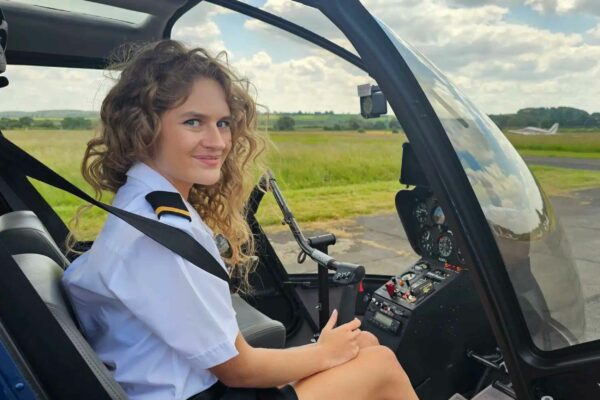
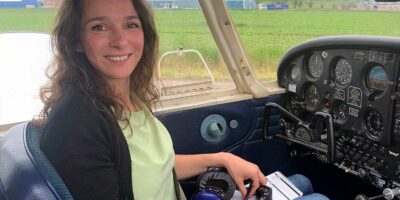
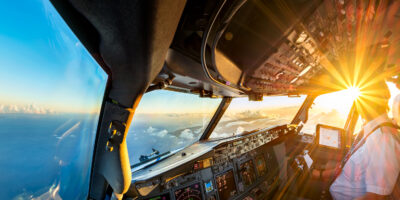
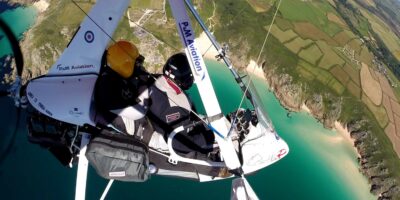

1 comment
Good article, but
Minor point – the lower cloudbase for flying on a licence wih operatioinal limitations is 1000 feet, not metres.
Also – important point – passengers can be carried by a pilot licensed with operational limitations once they have “completed at least 25 hours of total flying in microlights and at least 10 hours solo flying in microlights” and have their logbook endorsed to that effect by a microlight flight examiner.
For microlight pilots who are only interested in ‘just being up there’ a restricted licence can be a viable option. The other restrictions can be removed one the pilot has complete the required navigation training and solo cross-country flights.